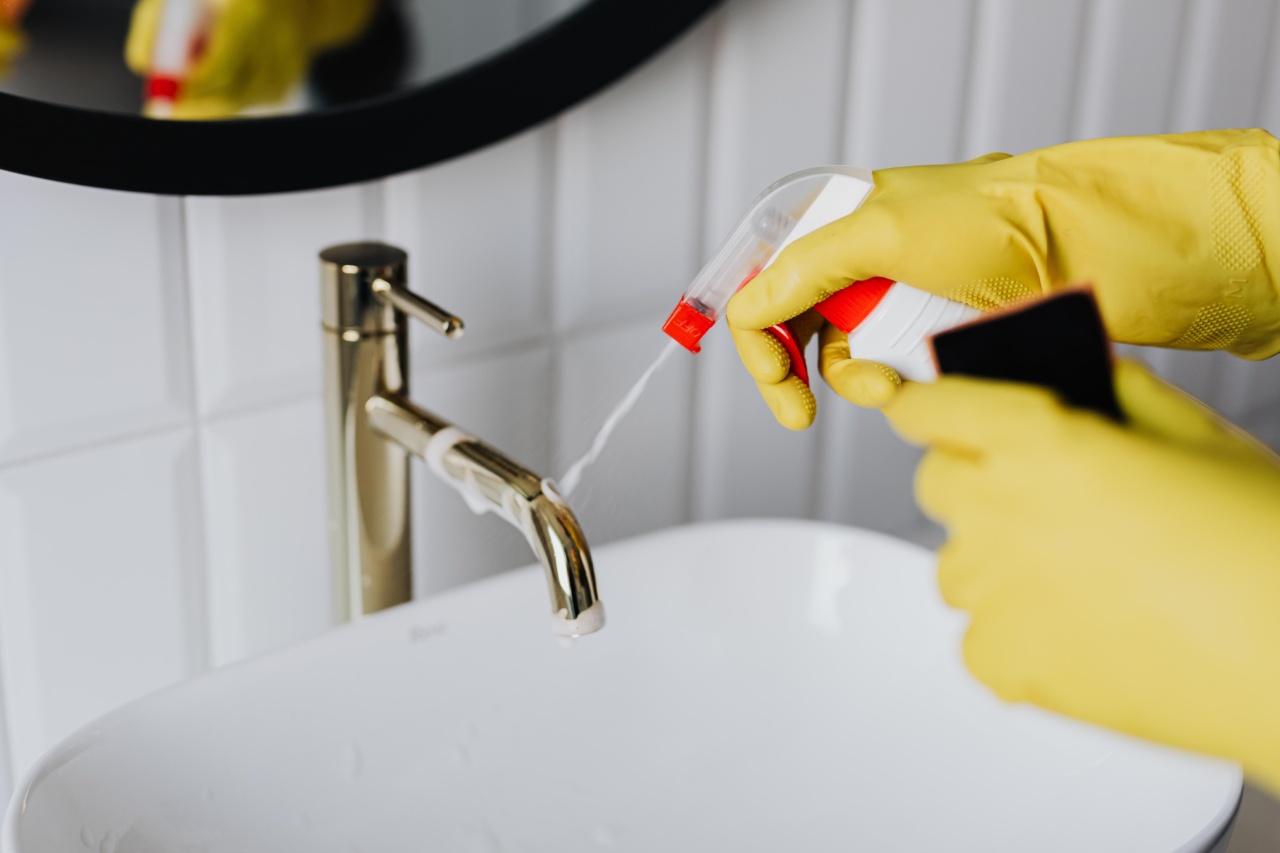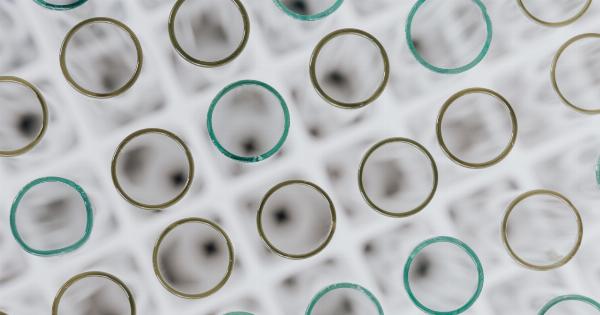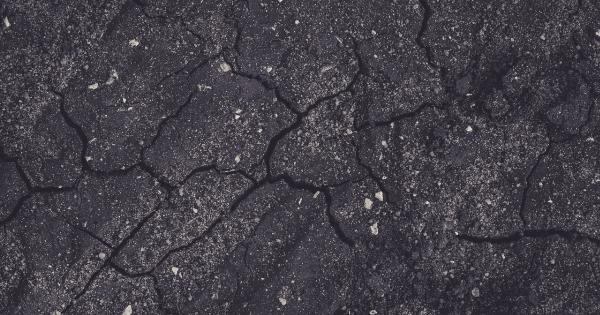Chemical burns can happen when you come into contact with acids, bases, or other corrosive substances. In some cases, these burns can cause serious damage to your skin and require medical attention.
However, in the event of a minor chemical burn, there are steps you can take to treat the injury at home.
Step 1: Identify the type of burn
The first step in treating a chemical burn is to identify the type of burn. Acid burns are usually caused by substances with a low pH, such as battery acid or vinegar. These burns tend to cause a coagulated appearance on the skin.
Alkali burns, on the other hand, are typically caused by substances with a high pH, like bleach or lime. These burns tend to cause a liquefying effect on the skin.
Step 2: Remove any contaminated clothing
If there is any clothing or additional material that may have come into contact with the chemical, remove it as quickly as possible. This can help prevent further exposure and minimize the severity of the burn.
Step 3: Rinse with water
After removing the contaminated clothing, rinse the affected area with cool water for at least 20 minutes. This will help to flush out any remaining chemicals from the skin.
Make sure you remove any jewelry or items that could trap the chemical against your skin.
Step 4: Apply a cool compress
After rinsing the affected area with water, apply a cool compress to help reduce swelling and pain. You can use a cloth soaked in cool water, or a bag of ice wrapped in a towel.
However, make sure not to apply ice directly to the skin, as this can cause further damage. Leave the compress on for 10 to 15 minutes, and then remove for another 10 to 15 minutes before reapplying.
Step 5: Apply a topical ointment or cream
You can also apply a topical ointment or cream to the affected area to help soothe the skin and reduce pain. Some good options include aloe vera, hydrocortisone cream, or a specially-formulated burn cream.
Step 6: Cover with gauze
If the affected area is small, you can cover it with sterile gauze to protect it from further damage and help the healing process. However, make sure not to wrap the gauze too tightly, as this can limit blood flow to the area.
When to seek medical attention
While minor chemical burns can often be treated at home, there are some situations where medical attention is necessary. Seek immediate medical attention if:.
- The burn is large, covers a major joint, or affects the face, eyes or genitals
- The burn is deep or blisters, or exposes underlying tissue
- You develop signs of infection, such as redness, swelling, or pus
- You experience difficulty breathing or have swallowed a corrosive substance
Preventing chemical burns
The best way to prevent chemical burns is through proper handling and storage of corrosive substances. Always wear protective clothing when handling harsh chemicals, including gloves, goggles, and a lab coat.
Make sure to store chemicals in a cool, dry place away from food or other household items.
Overall, chemical burns can be a serious matter. However, by following these home remedies and seeking medical attention when necessary, you can help ensure a safe and speedy recovery.





























